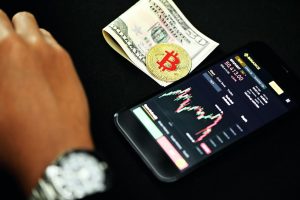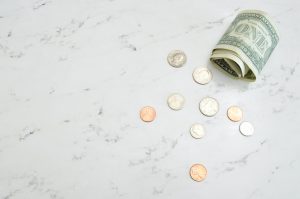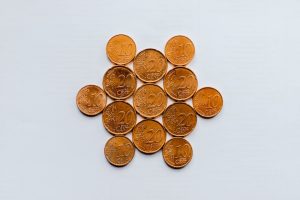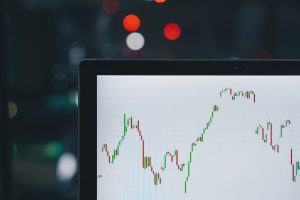The forex market is the largest and most liquid financial market in the world, with an estimated daily turnover of $5.3 trillion. With its high liquidity and 24-hour trading availability, it has become a popular market for traders of all levels. However, like any other market, there are costs associated with trading forex. In this article, we will explore the various costs involved in trading forex and how they can impact your bottom line.
Spread
The spread is the difference between the bid and ask price of a currency pair. When you buy a currency pair, you pay the ask price, and when you sell, you receive the bid price. The spread is the profit that the broker makes on the trade. The spread can vary depending on the broker, the currency pair, and market conditions. Typically, major currency pairs like EUR/USD and USD/JPY have lower spreads, while exotic currency pairs have higher spreads.
The spread is usually quoted in pips, which is the smallest unit of measurement in the forex market. For example, if the EUR/USD pair has a spread of 1 pip, it means that the difference between the bid and ask price is 0.0001. The spread can significantly impact your profitability, especially if you are a high-frequency trader or scalper.
Commission
Some brokers charge a commission on top of the spread. The commission can be a fixed fee or a percentage of the trade value. Commission-based pricing is common among ECN (Electronic Communication Network) brokers, which offer direct access to the interbank market. ECN brokers typically have lower spreads but charge a commission on every trade.
Swap
A swap is a fee charged for holding a position overnight. Forex trading involves buying one currency and selling another, and the interest rates of the two currencies can affect the cost of holding the position. If you hold a position overnight, you will either receive or pay interest, depending on the interest rate differential between the two currencies.
The swap can be positive or negative, depending on the direction of the trade and the interest rate differential. For example, if you buy AUD/USD, you will pay interest on the Australian dollar and receive interest on the US dollar. The swap can significantly impact your profitability, especially if you hold positions for an extended period.
Slippage
Slippage is the difference between the expected price of a trade and the actual execution price. It can occur during volatile market conditions, when the liquidity of the market is low, or when there is a delay in the order execution. Slippage can lead to unexpected losses, especially if you use high leverage or trade in large volumes.
Leverage
Leverage allows you to control a large position with a small amount of capital. It is a double-edged sword, as it can amplify your profits or losses. The amount of leverage you can use depends on the broker and the regulatory framework of the country you are trading from. In some countries, the maximum leverage is restricted to protect retail traders from excessive risk.
Conclusion
In conclusion, the cost of trading forex can vary depending on the broker, the currency pair, and the market conditions. The spread is the most common cost, but other costs like commission, swap, slippage, and leverage can significantly impact your profitability. As a trader, it is essential to understand the costs involved in trading forex and to choose a broker that offers competitive pricing and transparent fees.





